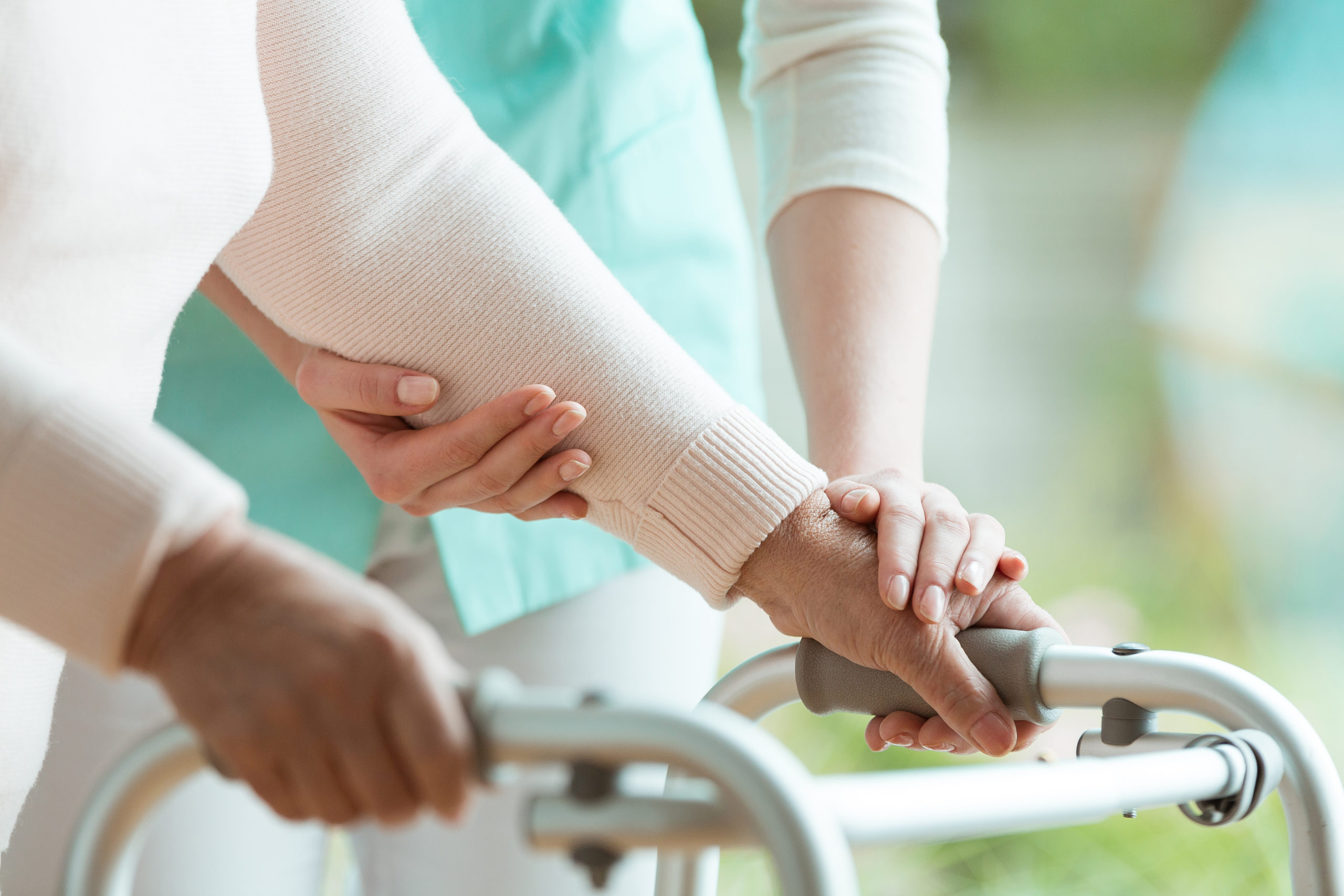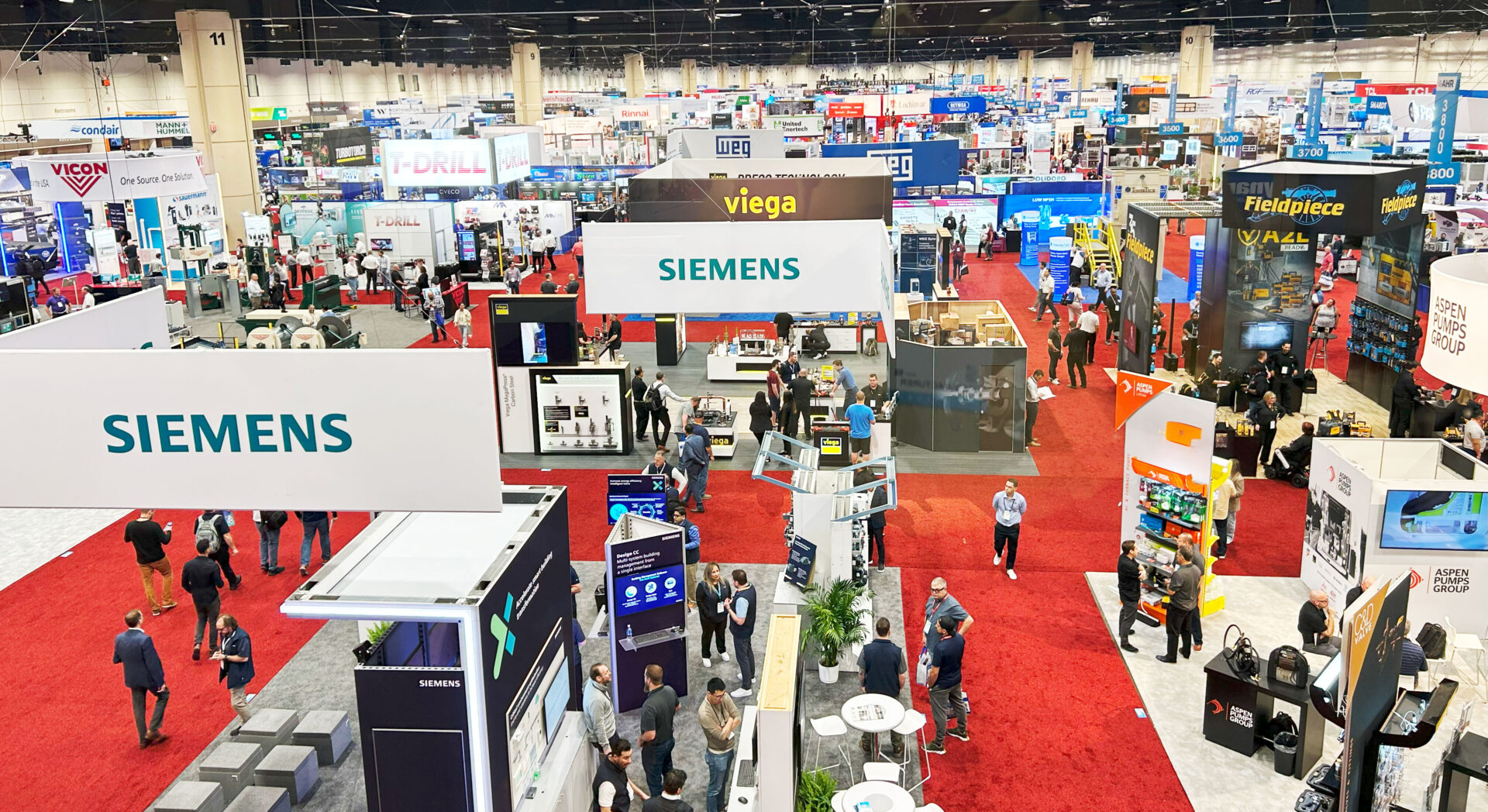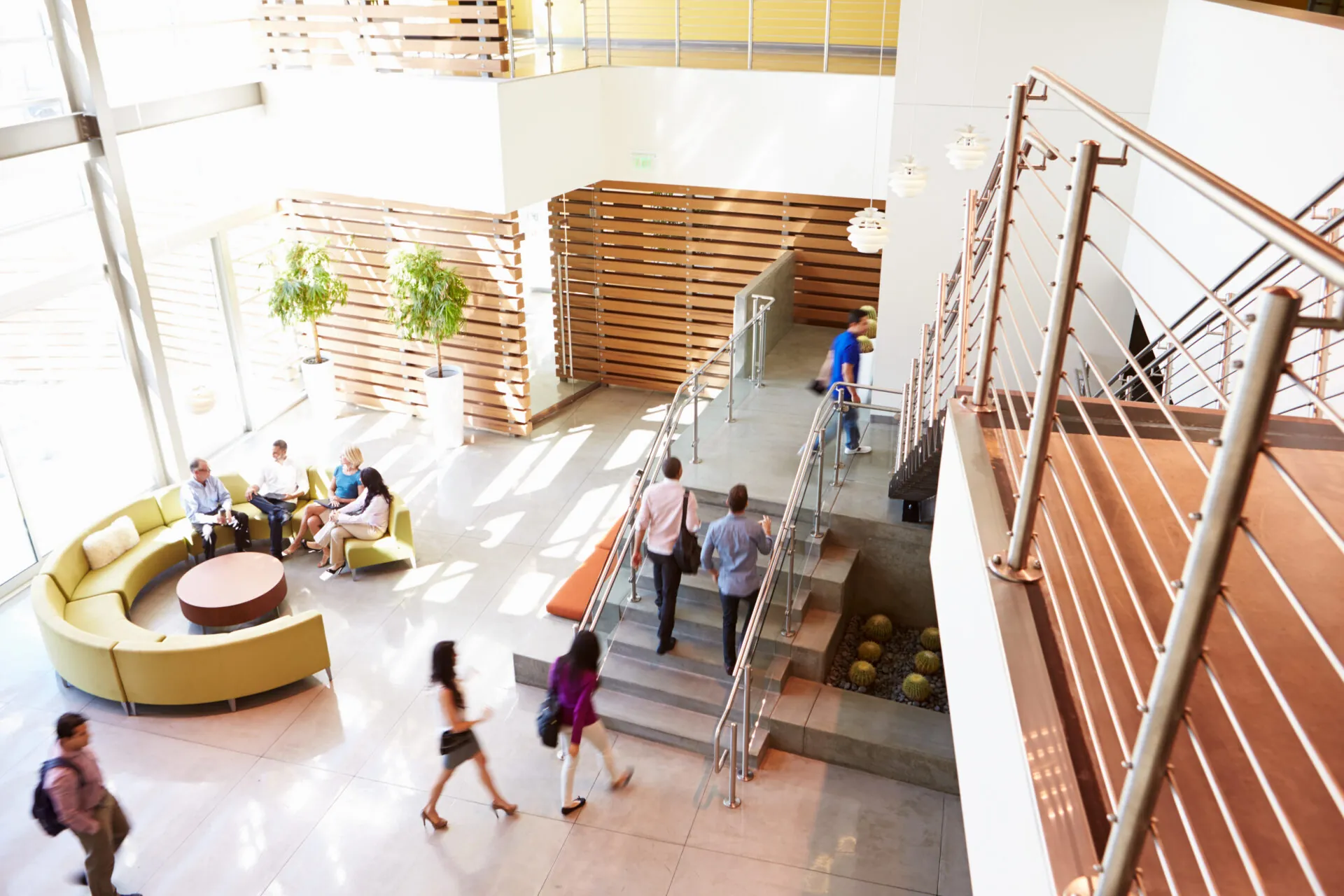
Senior Care Facilities Need the Healthy Buildings Movement
Since the announcement by the Biden administration focusing on clean air in buildings as part of their National Covid Strategy, interest in the Healthy Buildings movement has picked up momentum. The growing understanding of the need for buildings to provide more than shelter for businesses and families is becoming a topic of frequent conversation. From architects and designers to healthcare professionals and psychologists, awareness that buildings should offer more than four walls and a roof has moved to the forefront of the conversation on building design.
Nine foundations make up the basis of the Healthy Buildings movement. Each foundation encompasses an aspect of building design impacting the tenants of that building. These nine foundations include ventilation, air quality, thermal, moisture, dust and pests, safety and security, water quality, noise, and light and views. When considering the facilities provided for our senior population, we can easily see how important each of these foundations is.
Foundations for Healthy Buildings
Ventilation is the manner in which air is exchanged in a building or a room. By definition, it’s the provision of fresh air to a room, building, or other indoor space. Ventilation can happen as a result of open windows or through an HVAC system. In some buildings, opening windows may not be possible. Windows may be blocked, external air may not be suitable, or weather conditions might make it impractical. HVAC systems that are older may suffer from issues that keep them from providing as much fresh air as frequently as may be needed to meet the demands of the building. To meet the demands of the first foundation, an HVAC system must meet or exceed ventilation rate guidelines to control indoor sources of odors, chemicals, and carbon dioxide. It should filter outdoor and recirculated air with a removal efficiency of 75% for all particle-size fractions.
Air Quality refers to particulates found in the air. Everything – from pollen and dust to microbes and chemicals – impacts the quality of the air indoors. Ventilation helps to improve air quality, but other tools are also available to improve indoor air quality. Air purifiers can remove some particulates from the air, and so can HVAC filters. Because many seniors are prone to upper respiratory and breathing problems, air quality remains a primary concern for senior care facilities.
Thermal Systems refer mostly to the comfort of building occupants. Ensuring that systems are energy-efficient and environmentally friendly requires conducting regular maintenance and monitoring temperature and humidity levels in real-time. This monitoring helps to prevent and resolve thermal comfort issues promptly. Many seniors struggle to maintain body temperatures, so providing a reliably comfortable environment enhances their quality of life.
Moisture in small amounts can be beneficial to buildings, but in excess, it can be problematic. Too much moisture can cause leak problems in ceilings or around plumbing, which can lead to damage or mold. When moisture or mold is present, it should be addressed immediately so the moisture source can be repaired and contaminated materials can be replaced. Mold and mold spores are particularly dangerous to those with weakened immune systems or respiratory issues.
Dust and Pests can be easily managed using high-efficiency filter vacuums and by cleaning surfaces regularly to limit dust and dirt accumulation. If this cleaning is overlooked, these accumulations can create reservoirs for chemicals, allergens, and metals. Since most senior care facilities provide a cleaning staff, dust and pest management should be an area of focus.
Safety and Security include fire safety and carbon monoxide monitoring standards, adequate lighting in common areas, stairwells, emergency egress points, parking lots, and building entryways. It’s important to be situationally aware through video monitoring, interactive patrols, and incident reporting about the wellbeing and whereabouts of facility residents. Developing and maintaining a holistic emergency action plan also requires a mechanism for communicating to facility occupants.
Water Quality is a critical element for any building. Providing independent testing of water quality regularly is an important safety measure. To that end, senior care facilities should consider installing a water purification system for the removal of contaminants, if necessary. Facilities should also ensure residual disinfectant levels are sufficient to control the number of harmful microbes. Regular maintenance can help to prevent water stagnation in pipes.
Noise can impact the health of people of all ages. Keeping noise under control contributes to the mental and physical health of facility residents. Consequently, facilities should protect against outdoor noises such as traffic, aircraft, and construction with added insulation. Facilities can also control indoor sources of noise such as mechanical equipment, office equipment, televisions, or stereos with indoor noise policies. It can also be beneficial to provide spaces that minimize background noise, such as designated quiet spaces.
Lighting and Views are closely related to residents’ mental health. Ensuring that there are views of the outside with direct lines of sight to exterior windows from various locations in the facility will provide residents with a healthy emotional boost. Provide as much daylighting and/or blue-enriched lighting as possible and incorporate nature and nature-inspired designs indoors.
Healthy Buildings = Healthy Senior Care
The importance of the indoor environment to human health is not a new concept. Many environmental risk reports have highlighted its significance through the years, including the 1997 report of the President and Congressional Commission on Risk Assessment and Risk Management. The recent pandemic has focused new attention on the value of this concept.
On average, we spend 90% of our lives indoors, where pollutant levels can be higher than those outside. Indoor pollution is estimated to cause thousands of cancer deaths and hundreds of thousands of respiratory health problems each year. In addition, hundreds of thousands of children have experienced elevated blood lead levels resulting from their exposure to indoor pollutants.
Though humans have understood the concept of unhealthy airborne microorganisms since the middle ages, it took until the 1950s to prove that some microorganisms could be transmitted through the air. Dr. Richard L. Riley, an expert on lung physiology at Johns Hopkins School of Hygiene and Public Health, was the first to demonstrate this mode of transmission. Since that time, science has come to understand that specific microorganisms can survive in the air and move from person to person. This airborne reality effectively demonstrates how certain viruses and bacteria can quickly spread to create a health crisis.
Indoor Air Quality for Senior Care
The airborne potential of harmful microorganisms also shows the need to focus on the first two elements of the Healthy Buildings foundations: ventilation and air quality. The exchange of air that happens with HVAC systems is an important part of removing potentially harmful microorganisms from indoor air and providing cleaner air to rooms within the building. The American Society of Heating, Refrigerating and Air-Conditioning Engineers (ASHRAE) is an American professional association seeking to advance heating, ventilation, air conditioning, and refrigeration systems design and construction. The Environmental Protection Agency (EPA) relies on ASHRAE standards for establishing indoor air quality guidelines in buildings of all types.
According to ASHRAE standards, indoor air should exchange between one and eight times per hour depending on the building type and occupancy. This schedule helps to ensure that fresh air is entering a building while removing stale and possibly unhealthy air and improving indoor air quality.
R-Zero Supports Healthy Buildings
Another method of improving indoor air quality uses upper room ultraviolet germicidal irradiation, or UVGI, to inactivate certain microorganisms. The CDC recommendations include UVGI as part of a “layered strategy” along with ventilation and other components. UVGI devices, such as R-Zero’s Beam, use 265 nm ultraviolet light to neutralize 99.9% of certain microorganisms such as Staph epidermidis, human coronavirus, and Klebsiella aerogenes in five minutes. This microorganism inactivation improves air quality and enhances ventilation by reducing the number of microbes more effectively than ventilation alone.
R-Zero’s UV-C disinfection system can be tailored to meet the needs of your senior care facility, and it fits perfectly within these two critical foundations of the Healthy Buildings movement. By following these nine foundations, facilities can ensure a better environment for their important residents, family members, and staff.
Contact R-Zero today to learn more about how your facility can improve indoor air quality.
More posts you might like
-

3 Key Takeaways from AHR Expo 2025: What’s Shaping the Future of HVAC
The 2025 AHR Expo brought together HVAC industry leaders, innovators, and professionals to showcase the latest advancements in heating, ventilation, and air conditioning. Here are the key insights that stood out from our team on the ground. 1. Smart Technology is Enhancing, Not Replacing, Traditional HVAC A significant shift observed at this year’s expo is […]
-

Webinar Recap: Redefining Energy Efficiency
As commercial energy costs continue to rise, building operators are looking for faster, cost-effective solutions to reduce waste and improve efficiency. Heating, Ventilation, and Air Conditioning (HVAC) systems account for nearly 60-70% of total building energy consumption, making them one of the largest opportunities for savings. However, traditional HVAC systems often operate on outdated schedules, […]
-

Wildfire Smoke: Understanding the Impact on Indoor Air Quality
As we face yet another intense wildfire season, with significant events already impacting regions across the country, the challenges to air quality, both outdoors and indoors, are more pressing than ever. Wildfires contribute up to 50% of “ultrafine” particles in the air; tiny pollutants that can travel hundreds of miles and infiltrate indoor spaces, affecting […]

